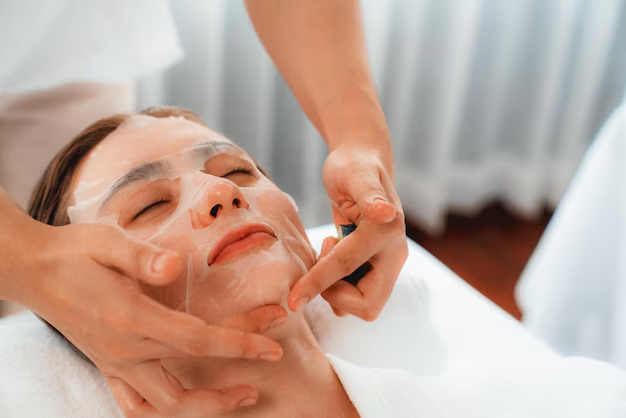Oily skin is characterized by an excess production of sebum (the skin's natural oil) by the sebaceous glands. This can lead to a shiny appearance, clogged pores, and an increased likelihood of acne and blackheads...
READ MORE
Oily skin is characterized by an excess production of sebum (the skin's natural oil) by the sebaceous glands. This can lead to a shiny appearance, clogged pores, and an increased likelihood of acne and blackheads. Oily skin often results from hormonal changes, genetics, or environmental factors, and may require specific skincare routines to manage its effects.
During treatment for oily skin, various approaches can be used depending on the severity and underlying causes. Treatments may include professional facials, chemical peels, or laser therapy. These procedures aim to balance oil production, unclog pores, and reduce acne. Topical treatments or exfoliants might be applied to manage excess oil and improve skin texture. Patients may experience a mild tingling or warmth during the procedure.


After treatment, the skin may appear slightly red or feel sensitive, similar to a mild sunburn. These effects are typically temporary and usually subside within a few days. To support the healing process and maintain results, it's essential to follow a consistent skincare routine, which may include using oil-free products, avoiding harsh scrubs, and applying sunscreen to protect the skin. Regular follow-up appointments may be needed to monitor progress and adjust the treatment plan as necessary.
Copyright © Sparsh. All Rights Reserved by Multiple Revolution